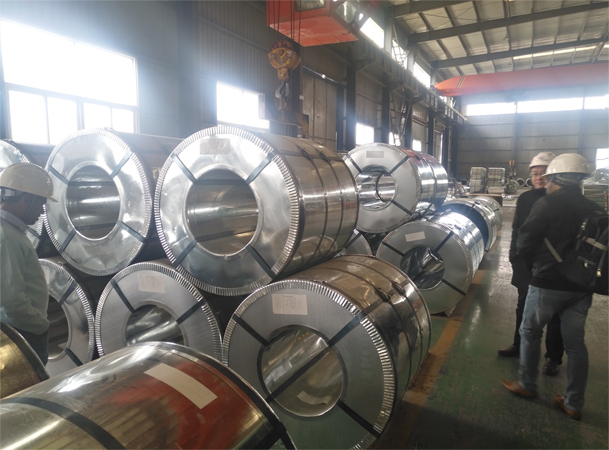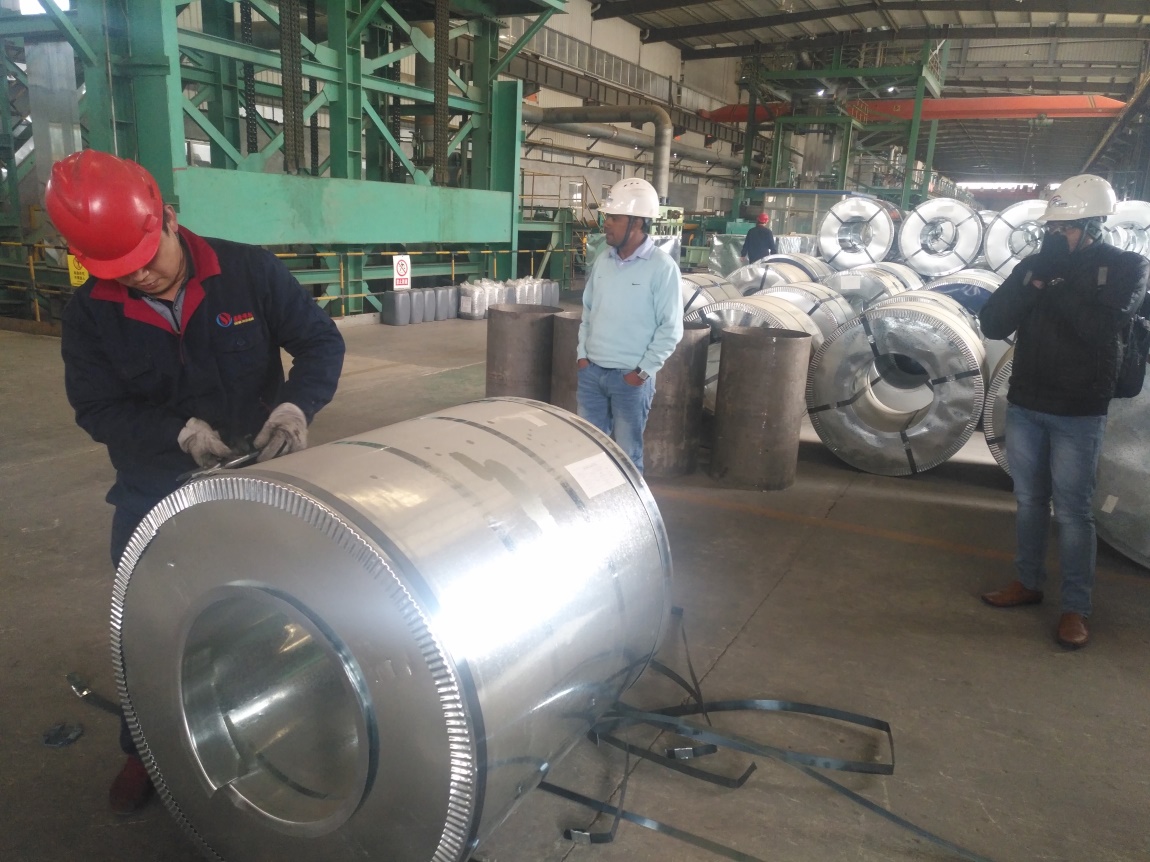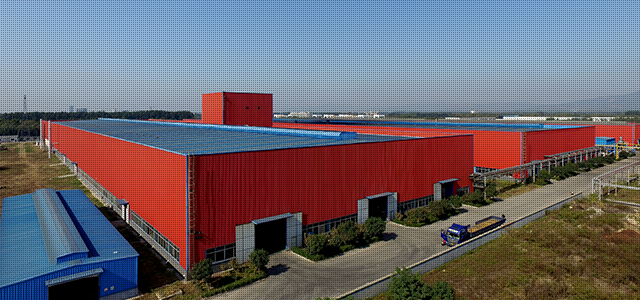Webpage Copyright: © 2018 Shandong Zhongcan
ICP Register No.:鲁ICP备16001552号-1 Powered by www.300.cn JINAN2
The peak season has arrived, the weakness of steel prices has not changed, and the supply and demand game of "golden nine" still exists
By September, the traditional peak season of the steel industry was coming, but the weak performance of the spot market continued.
Against the background that the industry's profit level has rebounded compared with the previous period, the recovery growth of the supply side and the large-scale expectation of infrastructure demand form a game, and there are still differences on whether the "Jinjiu" steel price can successfully return to the bottom.
Steel market "golden nine" began to decline
On September 1, black commodities in the domestic futures market generally fell, rebar in the main contracts of related varieties in the iron and steel industry fell by 1.03%, hot-rolled coil fell by 0.9%, stainless steel and wire rod fell slightly by about 0.3%, while upstream coking coal, coke and iron ore fell by 2.96%, 1.24% and 1.17% respectively.

After experiencing the market downturn in the second quarter, the steel market showed signs of recovery in July. However, since August 29, the screw thread steel has dropped by more than 8% and the hot-rolled coil has dropped by more than 6%. The industry is approaching the peak season of "gold, nine silver and ten Silver", and the industry is again weak.
Not only the futures market, but also the spot market has also been weak in recent days, with varieties such as multi thread and plate falling by 10-30 yuan on August 30. Lange steel network analyzed that this round of market decline was mainly initiated in the futures market and continued to the spot fundamentals. There were no major changes and contradictions in the fundamentals. The market is more affected by the capital situation and expectations, with the help of a round of fighting market generated by the main force changing months.
The analysis data of Southwest futures on September 1 also showed that in terms of spot price, the latest quotation of Tangshan plain carbon billet was 3690 yuan / ton, the spot price of Shanghai rebar was 3960-4000 yuan / ton, and the quotation of Shanghai hot coil was 3880-3900 yuan / ton. Since August, some steel mills have resumed production one after another, resulting in an increase in the supply of rebar month on month. However, the demand side is still relatively weak due to high temperature weather, so the futures market has seen a pullback.
Last weekend, Powell said that the Federal Reserve would firmly fight against high inflation, releasing the signal that the Federal Reserve would continue to raise interest rates at its interest rate meeting in September. Affected by this, the black market fell, the arrival of steel mills began to increase, and steel mills took advantage of the situation to lower the price of scrap steel. At present, the decline of scrap steel has basically swept the national market, but the overall adjustment range is limited. According to the 140 steel enterprises quoted by jinlianchuang, a total of 47 steel enterprises fell in price on August 30, with a range of 20-80 yuan / ton.
Inventory decline and profit improvement
According to the data of the National Bureau of statistics, in July, China's pig iron output was 70.49 million tons, a year-on-year decrease of 3.6%; Crude steel output was 81.43 million tons, a year-on-year decrease of 6.4%; The steel output was 106.24 million tons, a year-on-year decrease of 5.2%.
"In July, due to the impact of factors such as insufficient release of downstream demand in the off-season, increased pressure on steel enterprises to remove stocks, and large losses, the release of capacity of steel mills was significantly restricted, and steel output showed a rapid decline." Wang Guoqing, director of Lange Iron and Steel Research Center, said that in August, the social inventory of steel continued to decline, and the inventory level was significantly lower than that of the same period last year. According to monitoring data, as of the end of August, the social steel inventory of 29 key cities was 10.544 million tons, down 13.9% month on month and 19.8% year-on-year.
With the downward movement of inventories, steel prices have gradually rebounded, and since August, the profit space of steel enterprises has recovered.
The game between supply and demand still exists in the future
The recovery of profit margin has also significantly increased the current resumption of production of steel production enterprises, and the release of production capacity has continued to rebound.
According to the estimation of Lange Iron and Steel Research Center, the daily output of crude steel nationwide may reach about 2.65 million tons in August; In September, it may return to the level of about 2.7 million tons. Due to the low base in the same period of the previous year, it will rise for the first time in September or this year.
Wang Jianhua, an analyst of China Iron and steel network, believes that after the release of the pressure of further destocking in August to exchange quantity for price, the self-discipline of steel mills will ebb, and the fundamental pressure of the steel market will recover. In addition to the disturbance of external macro and monetary policies, there is still a risk of steel prices falling in stages.
However, on the demand side, the recent role of infrastructure investment as a "ballast" for economic growth is accelerating. The 824 meeting of the Standing Committee of the general assembly of the people's Republic of China deployed 19 more successive policies, which formed a combined effect with 33 measures to stabilize the economy in the first half of the year, and also strengthened the expectation of release of steel terminal demand in the peak season.

The expectation of strong supply and demand still makes the market keep a wait-and-see attitude towards the future trend of steel.
From the domestic environment, the high temperature and rain in August and the frequent outbreaks of the epidemic made China's economy weak and all economic indicators slowed down marginally; At present, the state's steady growth policy is further strengthened, and the improvement of climate conditions and steady growth are expected to lead to improvement of relevant indicators in September.



